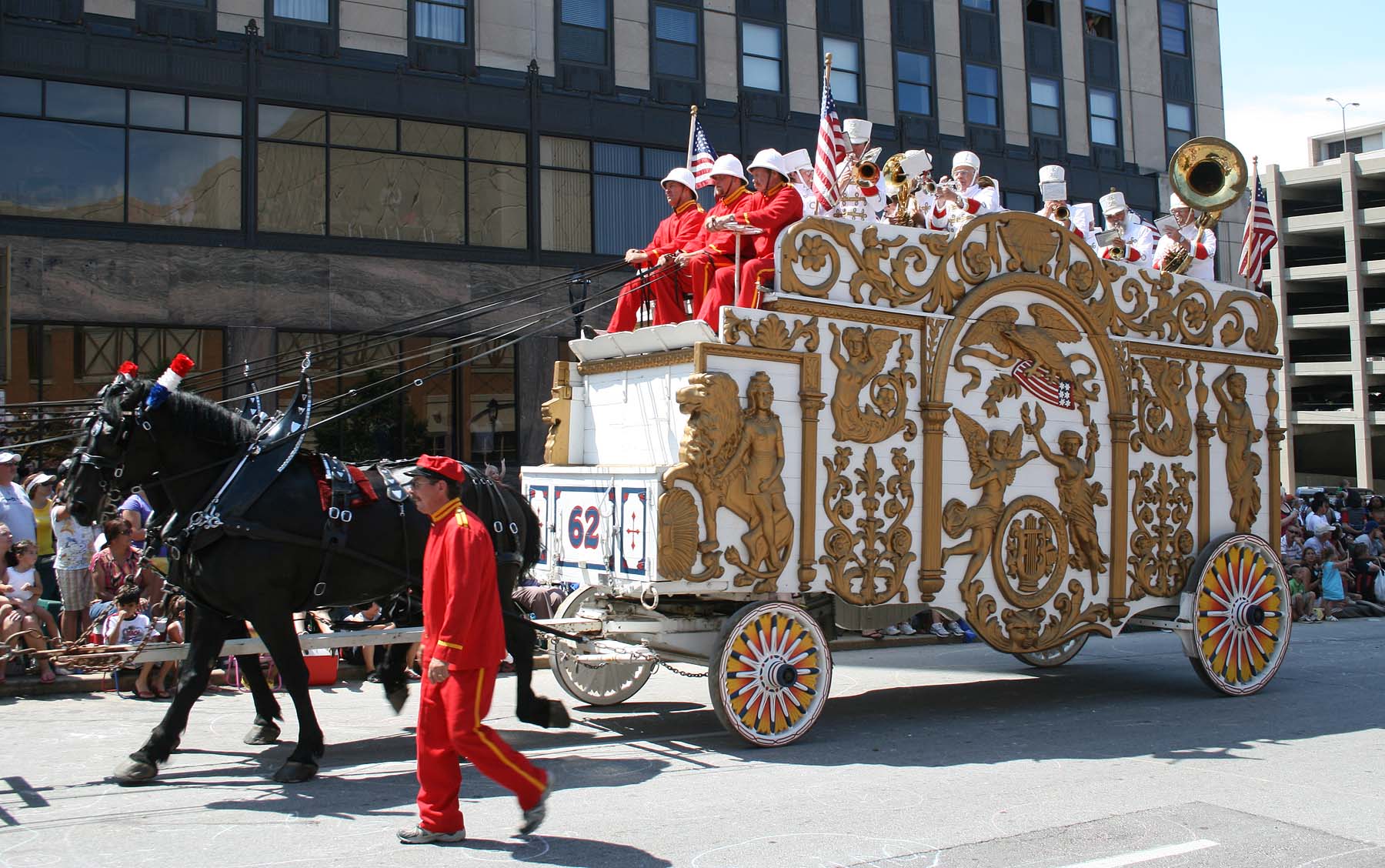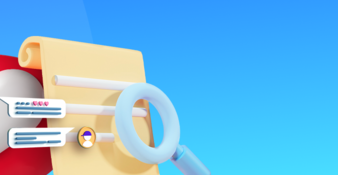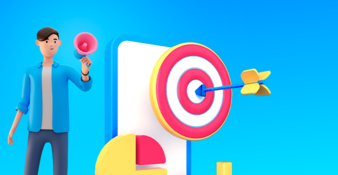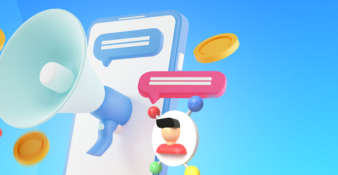7 cognitive biases that marketers should know about
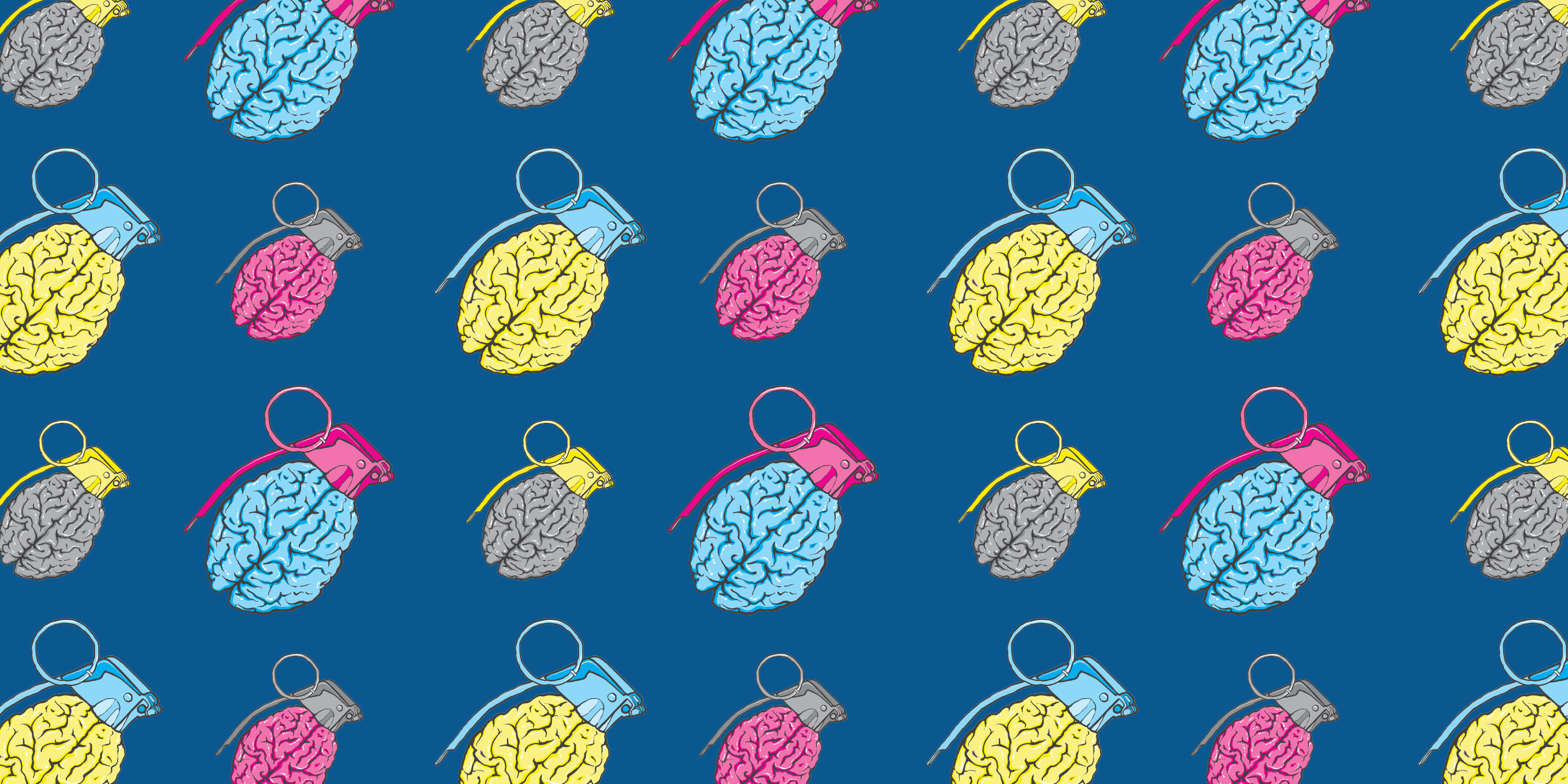
When psychologists just started coming up with theoretical models to explain people’s behavior, they’ve naturally assumed it’s somewhat rational. For example, a person’s behavior should be correlated with their opinions and attitudes. Or people should behave in a way that benefits them. Or maybe in a way that benefits their children.
It took decades of research to prove all of that wrong. People are irrational. Most of their decisions are made with no regard for events and consequences outside of a particular narrow domain; their actions are extremely sensitive to arbitrary reference points, and preferences are so context-dependent that can be considered either highly unstable or essentially nonexistent. At least that’s what research shows.
So let’s look at some of the cognitive biases underlying our irrationality – the ones most used in marketing.
1. Availability heuristic
The availability heuristic is a bias in which a person relies on the easily recalled information (as a consequence, often recent information) when making a decision. Also as a consequence, the person ignores less easily recalled information even if it is statistically (and obviously) more important. For example, people tend to assess the rate of divorces in the community by recalling divorces from one’s acquaintances. Or, people tend to overestimate the number of deaths from, say, plane crashes and underestimate the number of deaths from, say, asthma. All because it’s easy to recall the examples of plane crashes – they are talked about on national news, while you might be not personally aware of any deaths from asthma.
How is this used in marketing?
Do you remember the old marketing mantra of selling the solution, not the product? To sell the solution, you first present the problem. The problem becomes the easily recalled information in the buyer’s head. Due to the availability heuristic, she starts to overestimate the problem and feels the need to solve. And then you present the solution.
Another common way to employ the availability heuristic is to show successes of the brand on its landing page. For example, you may post a picture of a prize that your brand received 2 years ago on some virtually unimportant contest. The buyer then makes a quick decision that this brand must be a good one based on the most recent available information.
2. Representativeness heuristic
Consider the following example:
Bob is an opera fan who enjoys touring art museums when on holiday. Growing up, he enjoyed playing chess with family members and friends. Which situation is more likely?
A. Bob is a farmer
B. Bob plays trumpet for a symphony orchestra
A large proportion of people will choose B in the above problem, because Bob’s description matches the stereotype we may hold about a classical musicians rather than farmers. In reality, the likelihood of A being true is far greater, simply because farmers make up a much larger proportion of the population. But we tend to ignore the obvious stats and focus on stereotypes instead.
How is this used in marketing?
Make your product fall under a preferred stereotype even if in reality your product is different from the average product in your preferred category. For example, research shows that consumers largely assume a generic store brand has a higher quality if its packaging is designed to resemble that of a cool brand. 
3. Choice supportive bias
The choice supportive bias is a tendency to remember one’s choices as better than they actually were. People tend to over-attribute positive features to options they chose and negative features to options not chosen. It works with political candidates, football teams, faith. People don’t just ignore the negative, they forget most of it. They discard new information that criticizes the choice that is already made, and overestimate all new information that supports that choice.
How is this used in marketing?
The choice supportive bias enhances marketing effectiveness by justifying a purchase based on previous purchases made. While it also works with no support from marketers, the effectiveness of the bias can be enhanced by you even further. You can remind the buyer why they chose your product in the first place, share testimonials and satisfaction survey results. And if you haven’t yet gained a customer, getting her to “like” the social media page and reminding of it is often enough to trigger further actions.
4. Halo effect
The halo effect is a cognitive bias in which the general opinion of something, or someone, is gathered from one element. For example, research shows that attractive people are much more likely to be also considered intelligent, kind, trustworthy and friendly.
How is this used in marketing?
Halo effect is widely used in branding and marketing. Every time a right influencer endorses your brand or product, people’s positive evaluation of that individual can influence their perception of the product itself. In another example, when a brand claims to be environmentally friendly, people often assume the general good opinion about the brand. When a company provides excellent customer service, people also assume that generally the company is a top one, even if their products are not the best on the market.
Naturally, the halo effect is also highly important for personal branding. That’s one of the reasons singers and actors support political candidates, and things like a political candidate’s height highly affect their chances for being elected.
5. Information bias
The information bias is a tendency to believe that the more information there is, the better, even if extra information is irrelevant to the decision. This cognitive bias was first discovered in medicine, when doctors would make additional costly tests even if test results would not affect the course of action as to what treatment should be done.
How is this used in marketing?
Predictably, by providing more information about your product than there is about your competitor’s product, you could enhance the customer’s perception that yours is a better product.
6. Ingroup bias
Ingroup bias is simply the tendency to favor whatever group the person associates herself with at a particular time. It can be something as specific as a basketball team that one plays with every weekend or as broad of a group as all white men in early 30s. The group might’ve been formed at absolute random. However, it doesn’t take long before the person starts (often grotesquely) over-estimating good qualities of the members of their group and bad qualities of the members of the “other” group.
How is this used in marketing?
Creating a sense of a community, a sense of “us” vs “them” works beautifully in marketing. Apple has been creating the sense of community in its buyers since the beginning of time. Their every ad is based on the idea of a fundamental difference between PC and Apple buyers.
And you can definitely see the results. Same goes for, for example, HAMMER’s owners.
It’s easier to create a tribe now than it was in 1984. Use social media, make people join a group, post things targeted to your followers and communicate as you would in a group. Use testimonials of people similar to your target group. Craft your marketing so that it points out you are in the same group as your target audience.
7. The bandwagon effect
The bandwagon effect is a phenomenon whereby the rate of uptake of beliefs, ideas, and trends increases the more that they have already been adopted by others. One way or another, as marketers we’re aware of this. It’s both the result of the conformist nature of people and because people learn to gather information from others.
How is this used in marketing?
The bandwagon effect is basically why fashion exists, so it’s obviously widely used in marketing. When it comes to the online world, the best marketers can do to stimulate the appearance of the bandwagon effect is to show “social proof”. Grow your following on social channels, take care of the online word-of-mouth, and make sure your online presence shows that a lot of people love your brand.
These are not all cognitive biases: our brains are much less rational than we would like to believe. Are there any biases that you notice/use in marketing? Let me know in the comments!


